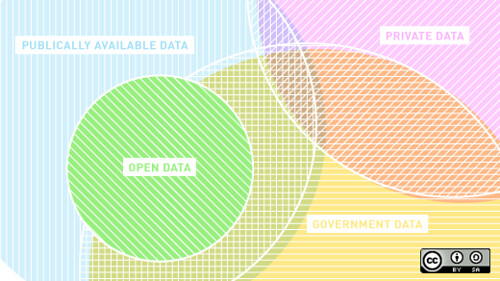Business is not an art, nor is it a discipline. It is a science. Certainly factors play into it that don’t typically bleed into science much, such as economics and the opinions of the public. But at the end of the day a good business does research, interprets this research, then looks at the best possible outcome to make the most money. Sometimes though it can be hard to process all this raw data into decisions, which is where data analysis comes in.

Though it may be over simplifying things a bit, at the end of the day most data gathering and analysis can be broken down into research and development, or R&D. Research involves gathering as much relevant data as possible. Not all of this are polls and statistics based on the customer base. Though knowing what your customers want and think of you is important, there are other factors at work.
The expenses you can expect if you take a certain action is also something that must be looked into, as well as the number of forms and time it would take to build a new site and so forth. In the end, whenever there is a question asked, it is the job of those in research to go out and gather as much data on the answer as possible.
Here is where it gets tricky. Development, using it in the loose term, must then wade through the data and find the optimal solution. This is not nearly as easy as it sounds, as though sometimes data lines up neatly, sometimes it conflicts. For instance, surveys show that a very vocal minority of the customer base won’t shop at your store unless you stock product X.
However, product X would have approximately half of the profit margin that the product it replaces has. The question then is how many other products would the customers buy if they came into buy X, which requires sorting through more data. In the end, sometimes you need advice from professionals, such as LexisNexis data analytics.
Think of all the business blunders of recent history. Odds are most of them were because either there was not enough data or the data was misinterpreted. Both gathering and correctly interpreting data is vital for any businesses health, great or small. Just focusing on your bottom line or making your customers happy and you will fail.




















